Growths of hair algae in aquarium systems pose great challenges to aquarists and their aesthetic, as well as balanced tanks. Why does this pesky green growth appear in the first place? It may be because there are too many nutrients, incorrect water conditions, and light imbalance, and now you are asking yourself, how do I get my tank to look perfect again? So, in this hair algae post, we will be discussing what hair algae are, the causes, the problem with these algae, and how to get rid of hair algae. Also, the proper utilization of green hair algae to enhance the appearance of the aquariums.
Content Table
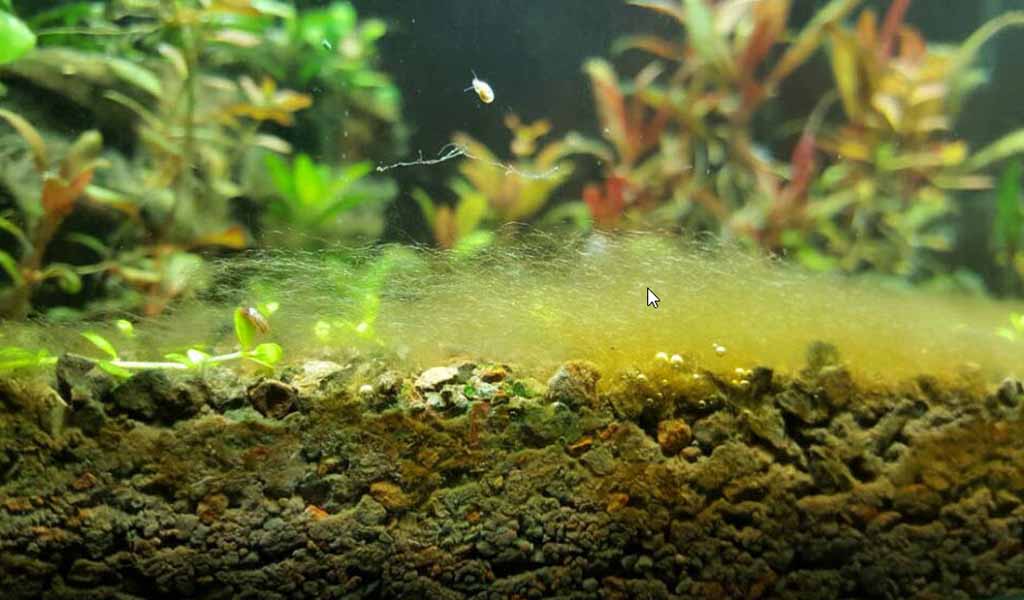
hair algae
Hair Algae in Aquariums
The hair algae are known by the technical name of green algae, usually found in any aquarium due to their hair-like structures. They can adhere to structures such as rocks, plants, and tank decorations and can rapidly infest wherever circumstances are right.
Although they appear to be non-threatening in small concentrations, they reach a point where they cause an eyesore as well as disturb the balance of the tank. In this case, it is important to have information concerning hair algae since it is one of the common problems facing aquariums and can change the aquatic environment of your tank in case of an outbreak.
Causes of Hair Algae in Fish Tanks
Hair algae are known to grow in a fish tank when several factors attain certain thresholds. Knowledge about these causes can enable you to avoid their growth in the right manner.
- Excess Nutrients: Nitrates and phosphates that stem from leftovers of uneaten food, fish excreta, or plants grown with fertilizers can quicken hair algae growth. These nutrients are like fertilizer as they accelerate the growth of green hair algae.
- Inadequate Water Changes: It is also important not to change the water regularly since this fosters soil wastes and nutrients, which is indeed a perfect ‘food’ for algae.
- Excessive Lighting: Algae grows much faster when exposed to intense light or when exposed to a different lighting spectrum than required. Tanks near windows or with lights remaining on for long periods are the most prone to it.
- Imbalanced Carbon Dioxide (CO2): Lack of CO2 in planted tanks often results in a condition that encourages the growth of algae at the expense of plants.
- Poor Maintenance: Failure to clean the tank surfaces, filters, and decorations frequently fosters ground for the formation of algae.
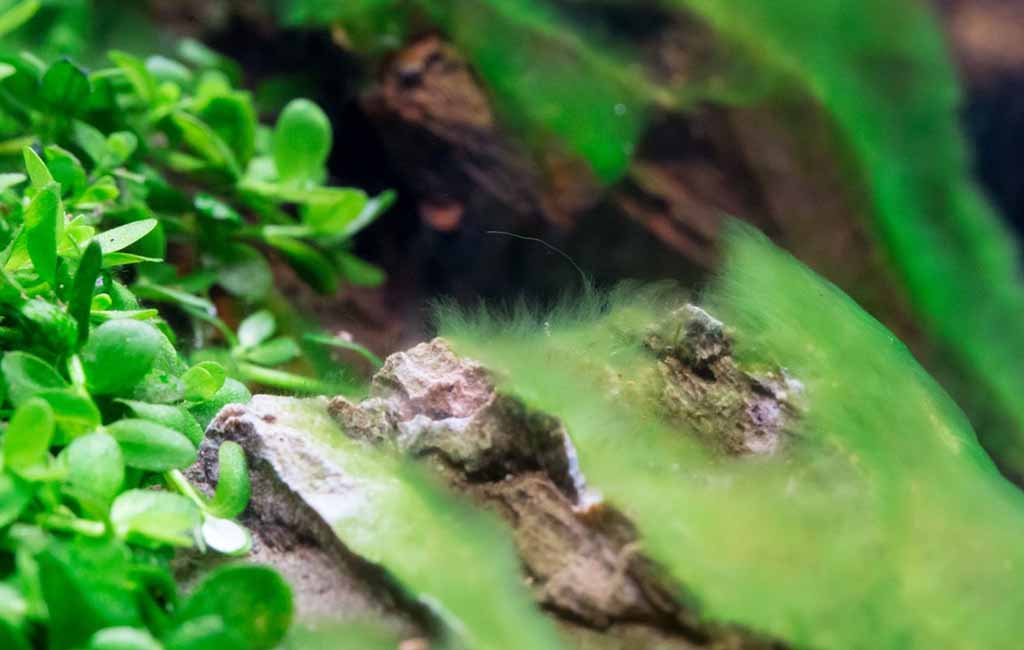
hair algae on rocks
What Are the Problems with Hair Algae in Tanks
It looks like just algae that develops on hair-like structures, but there are several major issues in aquariums in terms of the appearance of the tank and the health of the organism.
- Unsightly Appearance
Hair algae were able to grow on plants, rocks, and other ornaments, giving the aquarium an unkempt appearance. This overgrowth can make your aquarium look unattractive, and this is inconceivable for those who have their aquarium space looking well-kept.
- Competition with Plants
Imagine how hair algae consume, for instance, light, carbon dioxide, and nutrients needed by live plants in the aquarium. When algae coat plant foliage, they deny the leaves access to light, thus impairing their ability to do photosynthesis, and may die in the process. This simply makes your tank look empty and disproportionate.
- Oxygen Imbalance
Algae lower the dissolved oxygen levels because they use the oxygen during the day when they are not photosynthesizing. With high population levels of the algae in the tank, the water dissolves oxygen, reducing the levels that can put stress on the fish or cause mass fatalities. Oxygen levels should also be kept good because this has an impact on the environment of the tank.
- Clogging Filters
With time, hair algae reproduce, and part of it will detach and block your fish tank’s filter system. This may lower filter performance, and it becomes more challenging to control water quality, leading to more frequent cleaning and filter replacement.
- Potential Harm to Fish
Fish also get trapped in the merged stands, causing some levels of physical stress or injuries, especially in areas with abundant algae stands. It also carries other dangerous bacteria, which could pose a big threat to the lives of your aquatic animals.
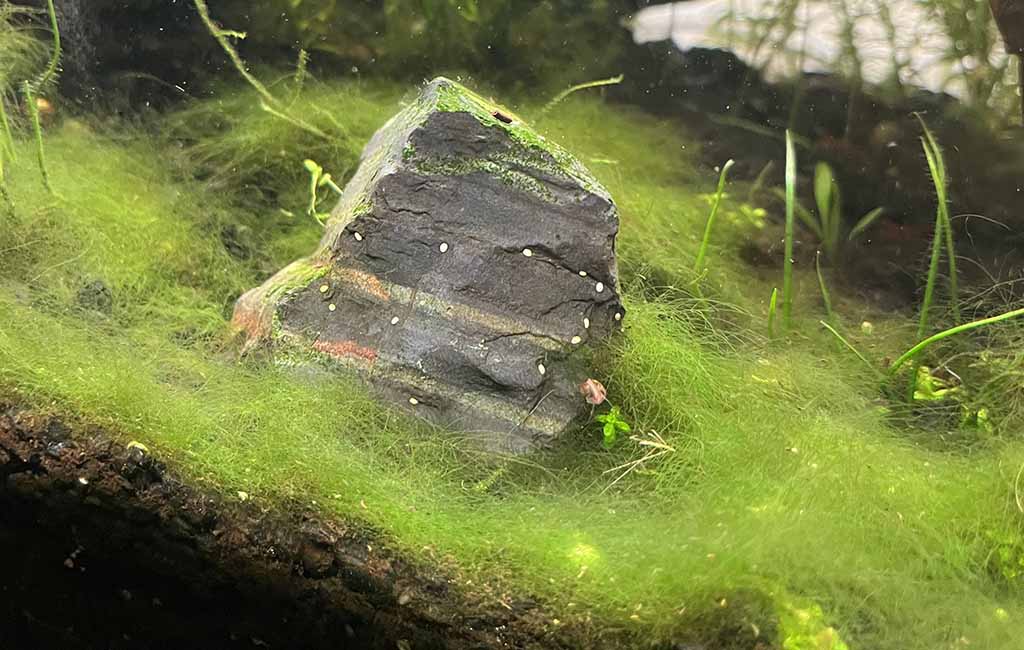
How to get rid of hair algae
How to Get Rid of Hair Algae
The process of eradicating hair algae from the aquarium can involve several things: proper tank care, specific remedy, and changes in the tank’s conditions. Here’s how to effectively tackle the problem:
- Manual Removal
The first way of dealing with the algae is by physically getting rid of it. Depending on the algae hardness of the surface, one may and should use an algae scraper, toothbrush, or any other tool used for an aquarium. You can also try to remove the algae manually, though with more care since you don’t want to remove biological decorations or plants. While it will not eliminate the problem, it increases the ability to lower the algae load.
- Improve Water Quality
When using this method, you should look at your water parameters and fine-tune them if necessary. Always change the water, as those nutrients may accumulate in the water and may harm the fish if left there for a long time. Reject water samples that contain a high level of these elements because they fuel algae growth, and learn how to minimize them.
- Control Lighting
Diminished the periods your aquarium lights are turned on in a single day. The best range of light it should receive is six to eight hours to avoid algae growth in the water. One has to agree with the use of a timer button to ensure the lighting does not deceive the eyes.
- Increase CO2 Levels
In planted tanks, increasing levels of CO2 can give the plants a more competitive ability to overpower this algae. A recommended water enhancement technique is a CO2 injection system to enhance the health of plants as well as to prevent the formation of algae.
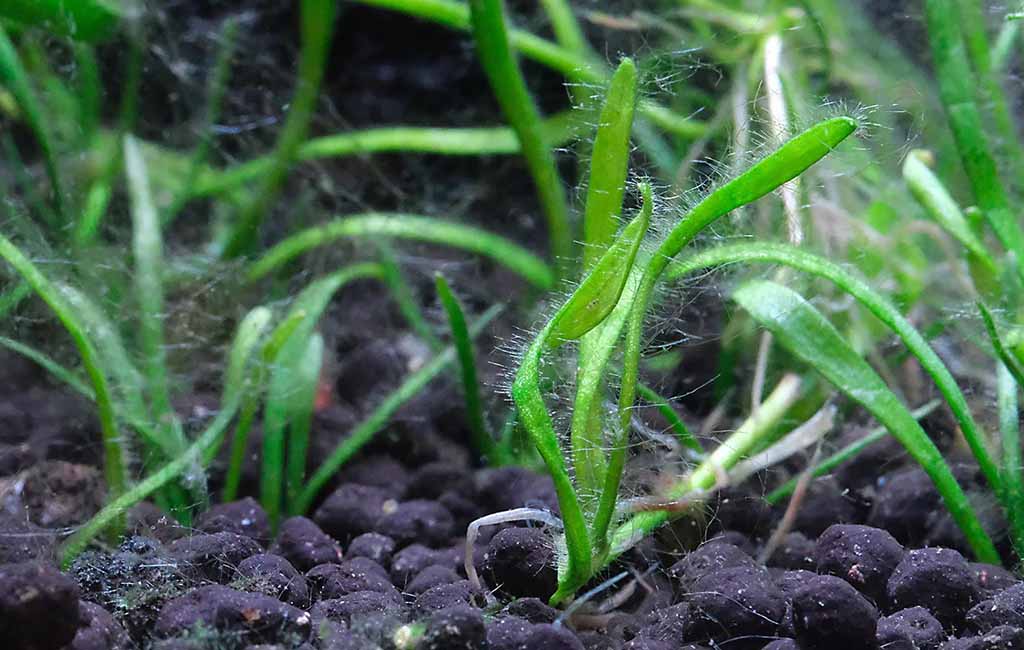
hair algae on plants
- Add Algae-eating Fish and Invertebrates
Acclimatize algae-eating fish such as the Siamese algae eater, nerite snail, or Amano shrimp. These aquatic beings are very useful in the elimination of algae within your aquarium without the elimination of your plants or fish.
- Use Chemical Algae Treatments
If none of the treatments mentioned above works, then opt for a special algae treatment for hair algae. Remember that they are toxic to your aquarium and must be used sparingly and strictly according to the manufacturer’s instructions.
- Reduce Overfeeding
Water holding too much food can cause water pollution, which aids in algae growth in the tank. Feed your fish only as much as they can manage to finish in a matter of minutes, and if the food remains unconsumed, you should remove it.
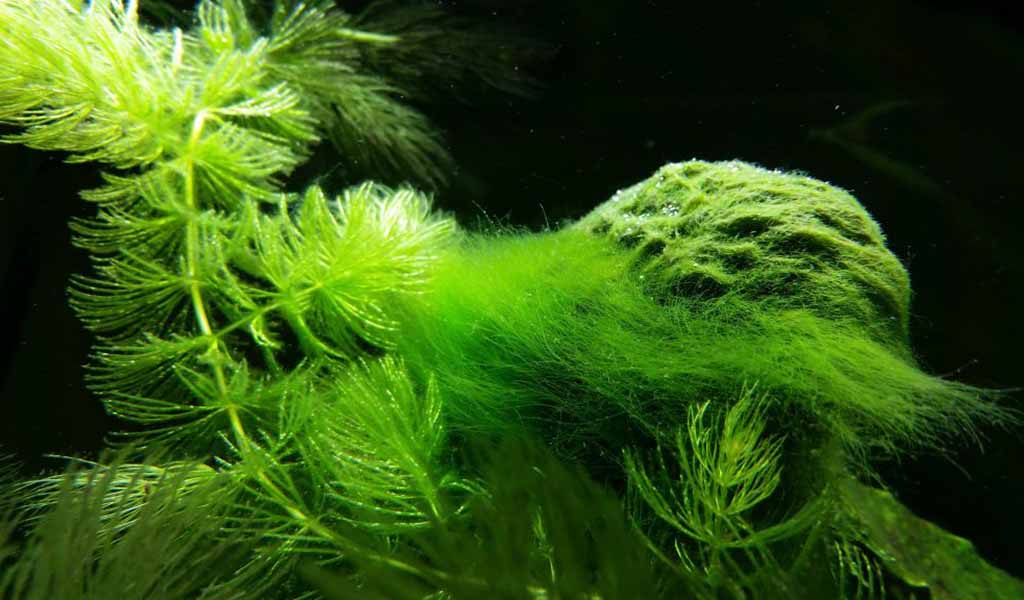
green hair algae
Other Uses of Green Hair Algae
Despite all that, hair algae might be quite useful and even brought into a fish tank decoratively if properly controlled. Here are some creative ways to use green hair algae in your tank:
- Aquascaping Decoration
Green hair algae can also be employed purposely to give your aquarium a natural and elegant appearance. When grown on rocks, driftwood, or some aquarium decorations, it creates a very natural-looking feature that resembles floating plants. This can benefit aquascapes as the layout adds life to the more natural environment. The algae will add an element of wilderness to your tank and will fit perfectly if used in biotope tanks or for tanks that simulate a riverbed/swamps.
- Hiding Place for Fish
It is also important to note that some hair algae can serve as an excellent shelter for rather timid or young fish. The fibers thus provide shelters where fish feel less stressed, as the densities of the strands indicate. It also assists small food or shrimp to avoid predators in the tank.
- Natural Filter
Hair algae grown on rocks or other surfaces provide one of the few natural ways to remove excess nutrients, such as nitrates or phosphates, from the water. This, in turn, makes the water quality better and has little chance of getting the wrong algae forms or the wrong chemicals in the tank.
- Oxygen Production
Many hair algae have chlorophyll and appear during the day when they fix oxygen that is useful for fish and other aquatic animals. If practiced well, they can form part of the ongoing process of supplementing oxygen in the tank.
- Growing on Decorations
Hair algae can be propagated deliberately on equipment like rocks and pots that are ceramic fused to the aquarium or any other firm surface. This is a method of improving the aesthetic value of the tank, and also giving it a textured appearance. For instance, you can just put some decorations in some good lighting areas and algae will develop automatically and display a natural look.
- Feeding Livestock
Certain fish, invertebrates, and even snails can feed on hair algae. Species like algae-eating fish (e.g., Siamese algae eaters) or freshwater shrimp enjoy grazing on types of algae, helping keep the growth in check. In some cases, hair algae can be collected and used as food for specific aquatic species.
Concluding Thoughts
According to the facts outlined above, it is a tough hitch to cultivate hair algae in the aquarium, but if one gets to know how it forms and has acquired the best method of eliminating it, then one can be able to have a beautiful aquarium without hair algae. It is also worth understanding that with proper care, you can even utilize this green hair algae as a decoration, water filter, and source of the natural conditions for aquatic organisms.
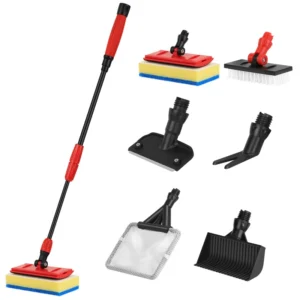
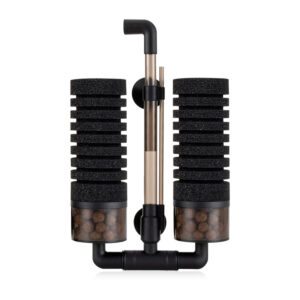
Leave a comment